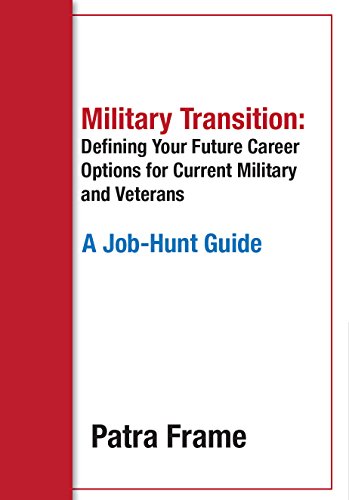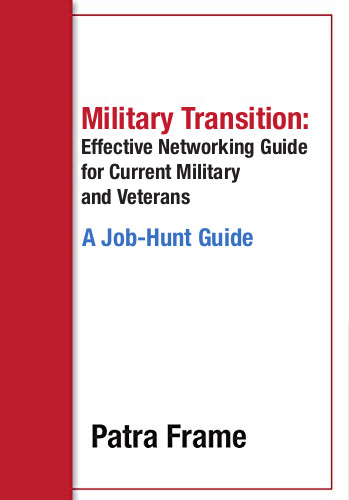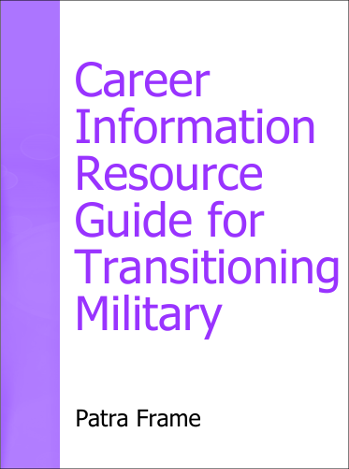Job search is always a tough process. Currently, the many changes from the pandemic have made it tougher to think clearly about your future.
Start with this basic understanding: hiring managers are looking for someone to solve a problem that is important to their success.
Thus, any hiring manager is looking for someone who clearly demonstrates they have the skills, knowledge, experience, and ability to do the job. If you understand their need and make it easy to hire you, you will find it easier to catch their interest.
So how do you become that person a hiring manager wants to talk to? Develop an effective resume and marketing plan which clearly demonstrates your capabilities to address their needs.
Start with these questions:
- What do you want to get from your next job? New skills? A promotion? More interesting work? A different culture? Fewer demands? Be specific.
- Why is this step vital to you now? Are you running from something? Are you ready for new challenges not available to you now?
Answers to these questions will help you choose the right job and employer to meet your goals.
In sales, one of the first lessons is always to understand your ideal customer, all their traits and needs, to create compelling marketing and sales approaches. Since you’re selling yourself, that understanding is vital here too. Such research into potential employers becomes a part of both designing your resume and preparing for interviews. Don’t skimp.
Resumes
Resumes are your advertisement. It should make the hiring manager want to talk with you.
Crafting your resume is easier if you have a thorough master resume with all your experience. If not, assemble any performance and other work records you have. You may be surprised at the relevant achievements and results you had forgotten. Start with a blank sheet of paper. Updating your last resume is less effective. It usually is not tailored for the work you want next.
Prepare to develop your resume by looking in detail at the jobs and employers which interest you. You need to understand the minimum requirements and the scope of the work. Then you will know what past successes you want to show on this new resume. Show what you do via achievements, with as little jargon as possible. The more difficult it is for a hiring manager to understand your past work, the less demand there will be for your services.
Once you are ready to draft a resume, a Word document is the most commonly requested format. Skip fancy formatting or Word resume templates. Use easy to read fonts and sizes.
Start with the basics: your name, contact phone and email info, and the URL of your LinkedIn profile or personal website. Recently people are doing huge, often fancy, fonts for their name – that sends the wrong message about you. Also, skip logos.
Next, consider a headline. This is a newer practice and can be valuable for both networking follow-up, career fairs, and applications. Whether you select a specific job title or a more general job area, a headline sets the stage for recruiters and hiring managers to understand your interests. It is a all-caps single line, such as
SUPPLY CHAIN MANAGEMENT
IT TECHNICAL SUPPORT REPRESENTATIVE, LEVEL 3
Create a Solid Summary Section
The summary’s first few lines may be all the recruiter or hiring manager sees in their preview pane. Even when an entire resume is visible, hiring managers and recruiters decide whether to read it or not based on your summary. It should be short and convey your story. Consider:
- What do you find exciting about your work?
- What 2-3 work activities do you enjoy doing the most?
- Who relies on you for advice, support, mentoring?
- What are you offering the next employer?
Turn our information into a short, well-written ad for who you are and what you offer.
Skip the list of skills – these are often repetitive and generic, so hiring managers think of them as useless. They want to see what you have done and how you have progressed. Show your skills by demonstrating them in your bullet points. The main exception here is technical fields like IT, where certifications and specific hardware or software are useful.
Make sure your summary speaks to the needs of the position you seek! I cannot tell you how many resume reviews I have done where I read the Summary and had to ask ‘what do you want to do?’ (And far too many were not sure.)
You cannot write an effective resume or social media profile if you do not have a desired job in mind. If you are considering several different career options, you will need resumes for each.
Relevant Experience
If your Summary grabbed their attention, this is what makes or breaks your candidacy. Write this in traditional reverse chronological order. Start with the most recent job and go back no more than 10-12 years. It is a rare manager who cares about anything older than that on a resume. (Save it for your social media profiles if you still think it adds value.)
Skip columns or blocks in formatting your experience section – don’t waste valuable space you could use to make an impact.
Unless you are a recent graduate, the experience section should be 65-75% of your resume.
If you have more than 7-8 years of experience, use two pages.
Keep in mind:
The most common format is: Job Title, Organization Name, and dates.
- Skip responsibilities – no one cares what you were supposed to do, they want to know what you accomplished.
- Go for bullet points that are mini-success stories. Talk about something you did that you enjoyed. Think of each as what makes you a STAR. STAR = Situation or Task, Actions you took, and Results you achieved.
Hiring managers want to see what you actually did and its impact – in terms that relate to their needs. That helps them see you in their job. Choose those achievements which match the critical elements of the desired job. Quantify results where you can.
Usually, your most recent job is the largest in this section with each preceding job a little shorter. There is no magic number of bullets per job. What you write here is what is most important and relevant to demonstrate why you are a great candidate for the job you are seeking.
Education and Professional Development
If you are a recent graduate, this is vital. Consider moving it to near the top of your resume. Once you have a few years’ experience, it is mostly a checklist item.
If you are currently working on a degree and are within about 18 months of completing it, add it to your resume. The format is: BS, Cybersecurity, Carnegie Mellon University, expected December 2024
For recent graduates:
- Show your most recent degree first, then any earlier degrees. Once you have a BA/BS, omit AA/AS and high school.
Format as: BS, Cybersecurity, Carnegie Mellon University, May 2022 - Add in your GPA if it is a good one
- Show any publications, research projects, or thesis that demonstrate your value.
- List internships here too – the job, the organization, and a line or two on the work.
Everyone Else:
Skip detailed information about courses or papers or GPAs, since your work experience is what you will be hired for.
Format as: BS, Cybersecurity, Carnegie Mellon University
Professional development is any recent relevant education or training or certification program. Also, list language skills here IF that adds value for the specific job you seek. Don’t waste space on every training program you ever did or those not necessary for the job you seek.
Plan Your Marketing
Create a plan which includes developing
- your resume and other marketing materials
- a list of target employers and a plan to research each
- a support process including your network
- tracking of your activities and progress.
Social Media Presence
Social media usage is a personal preference, but many recruiters and hiring managers will look at your online presence. Most are looking for information that adds to their knowledge of you. Note that almost half of companies indicate that something they saw on social media resulted in eliminating a candidate from consideration or led to a job offer being withdrawn. It is wise to do searches on yourself regularly to see what comes up.
If you are on a professional site like LinkedIn, use it to enhance your value. Here is where you can show more details about your personality, experience, volunteer work, and interests. Never contradict your resume. But you can expand it or write something different in your profile summary that complements what is on your resume.
If you are military in transition and you want to show your medals, show your personal decorations only. Do not put them on your resume. Add a brief explanation of what each is given for.
Use a clear headshot as your profile picture, in appropriate attire for your next job.
Build a network here and consider joining groups in your field. Follow your target employers and connect with people in your career area.
If you have a personal website, use it to showcase your knowledge and interests.
Use Twitter, TikTok, or other social media as a way to connect with people in your field and to maintain current knowledge. It is also useful for career advice – look for lists of ‘top career experts on X’ for leads. Find the recruiters who work in your target companies too. Your posts can help you build a solid reputation within your field if you choose.
Networking Works
Study after study talks about the career value of a strong network. Still, many people barely pay attention to their connections – until they get worried about a job search.
If you already have people you regularly talk to about your career field or the larger issues in working, you just need to keep talking to them. Discuss what you are interested in doing next and your target employers. Few will have a job to offer, so don’t ask. Instead, ask for information, references, new connections, feedback on your resume, or ideas. Request market or compensation data from those in your field to enhance and check what you know.
If you have not focused on building a network before, now is the time. If you are on LinkedIn, you can easily find people you are currently in touch with as well as those you used to work with. Add in those you know from professional groups or your community. As you build your connections with people, you can ask for ideas and assistance. Past bosses or team leads may serve as useful references.
Always remember that these are human connections. You want to make a real connection and learn about the person. You need to provide value to them as well as ask for help.
IN SUM
This marketing approach to your job search shows potential employers how you will create value. It allows you to demonstrate why you are a ‘must contact’ applicant to the target companies and hiring managers you target. It increases awareness of you and your interests among connections who may be able to help you in finding the right opportunity. It opens the door for recruiters and hiring managers who may have the right job for you.




